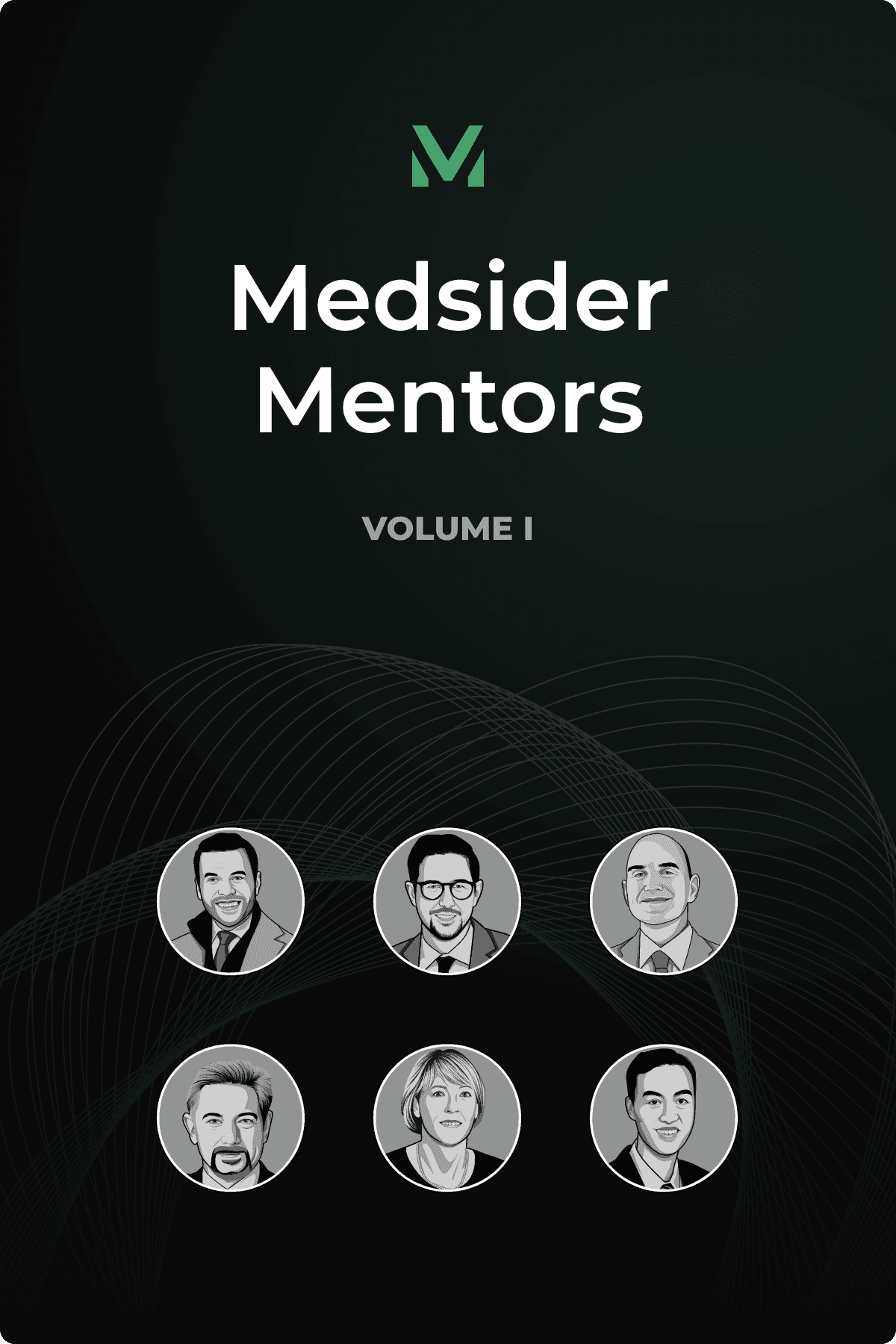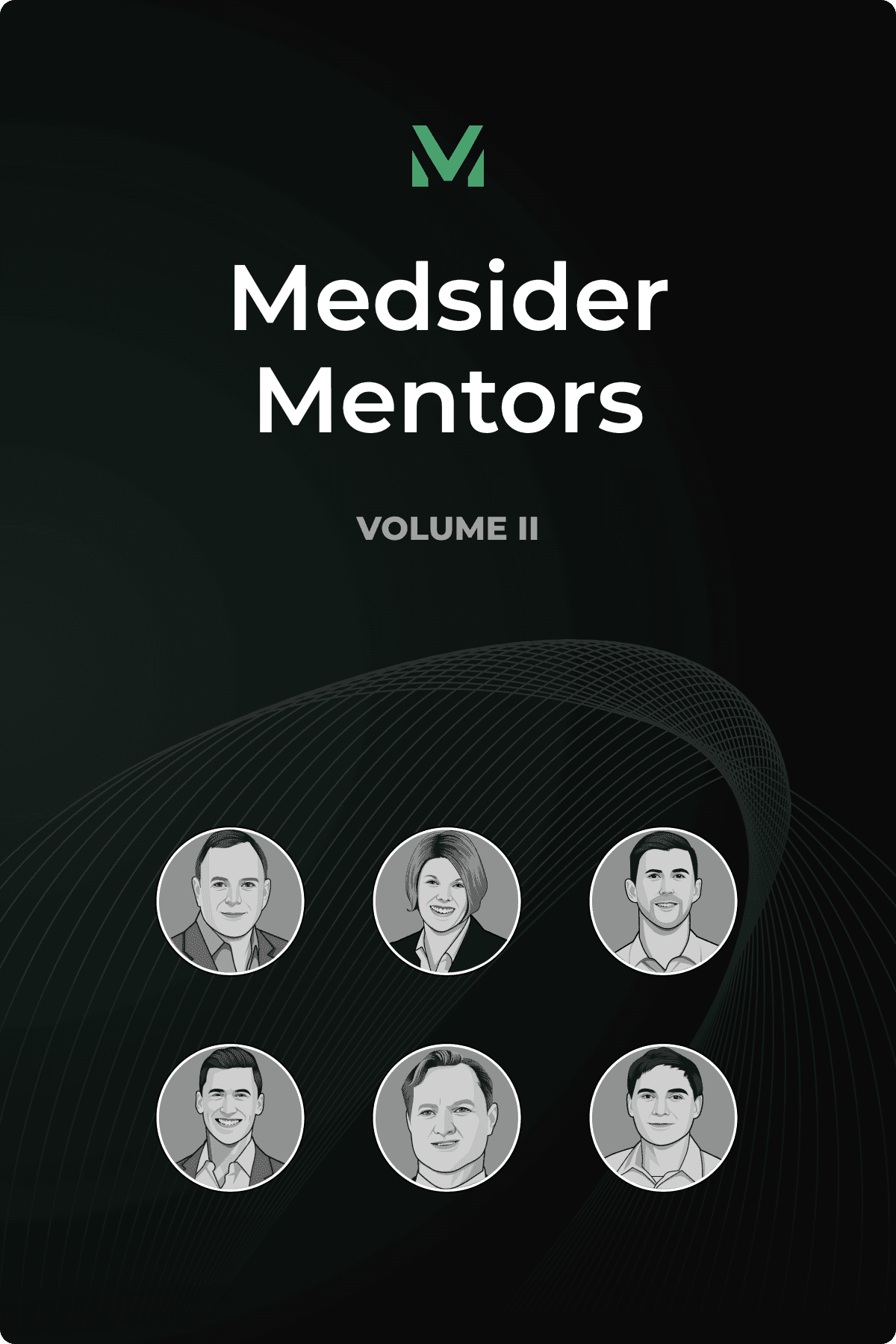Building Resilience Through Rejection
Interview with Transverse Medical CEO Eric Goslau

Key Learnings From Eric's Experience
A technical background is great for a CEO, but sales experience adds unique value. It sharpens the skills needed for initiatives like creating clear, stage-specific execution plans, staying focused on measurable progress, and handling setbacks with persistence. Ultimately, a CEO’s job is to sell an idea—both to investors and the team.
Fundraising is seldom a straight line. You'll get money from different places like family offices, high-net-worth individuals, and angel investors. Don't worry about sticking to traditional labels related to raising capital. Get the right amount of money for where you are. One thing that’s immensely helpful is having a lead investor who can back you across multiple rounds. This entity or firm can guide other investors and support you through each stage of growth. Ultimately, remember that fundraising is a cycle. Start each stage with the next in mind.
Don’t get stuck aiming for perfection. Get into the market faster with a “good enough” device for early traction and investment. For that, move to clinical trials as soon as possible to learn and iterate based on real data. If you can, start with a simpler version to meet regulatory requirements, then refine and expand in phases to build momentum and attract support.
Medtech has been a family affair for the co-founder and CEO of Transverse Medical, Eric Goslau. His father entered the field back in the '60s with American Pharmacy and later joined Valley Lab in Colorado—now part of Medtronic.
Being around the medical device scene throughout his childhood, Eric followed the path through college at the University of Colorado in Boulder, where he interned with medtech companies around the city. These internships gave him a feel for the different facets of a medtech company—development, packaging, customer service, and beyond. He even got to attend some industry conferences, including ARN, where he made important connections.
One of those connections led to his first job at J&J through their RCG (Recent College Grad) program, which placed him in Fargo, North Dakota. While Fargo wasn’t the most exciting place for a 22-year-old, it was a good start. Over the years, Eric moved through companies like Everest Medical and Guidant. His path eventually crossed with Brad Lees at Cordis and later in Seattle at Spectranetics, a cardiovascular device company. This crossing is where the idea for Point Guard sparked. Brad Lees is the conceptual inventor of Point Guard—after his father-in-law suffered a stroke following a coronary intervention, he started looking for ways to improve in this area.
Structural heart procedures, like TAVR, carry a significant risk of stroke, specifically due to "debris shower"—tiny particles dislodged during the process that enter the bloodstream and may reach the brain. The debris can cause major strokes, cognitive decline, and even death. For TAVR patients, the stroke risk can be as high as 9%—that’s if the brain isn't protected. This is where Point Guard comes into play: comprehensive cerebral embolic protection.
While other options cover only part of the brain’s blood vessels, The Point Guard Cerebral Embolic Protection device’s filter system is designed to shield all major vessels supplying blood to the brain. It fits within the aortic arch and filters out debris while avoiding interference with other surgical tools.
In August 2023, the Transverse team raised $3 million in Series B1 funding to start manufacturing and prepare for a feasibility study. Currently, they’re close to wrapping up a Series B2, which will fund their feasibility study and position Point Guard 2.0 for an FDA pivotal trial.
You May Like These Articles
Medsider Premium
Become a premium member and unlock access to exclusive Medsider benefits.



